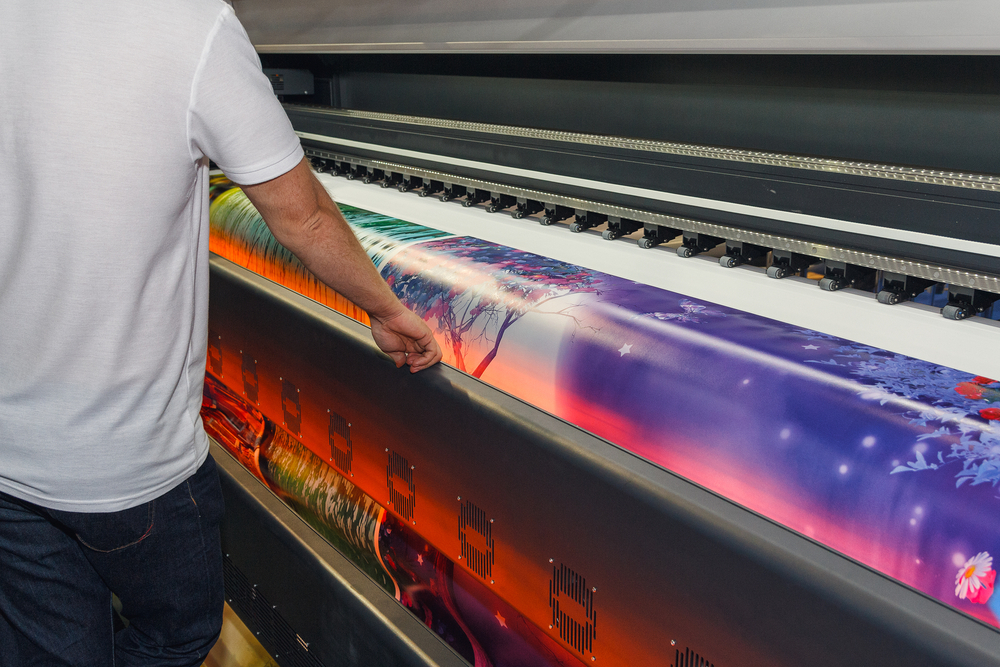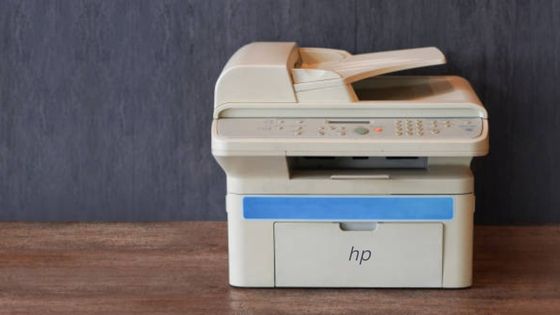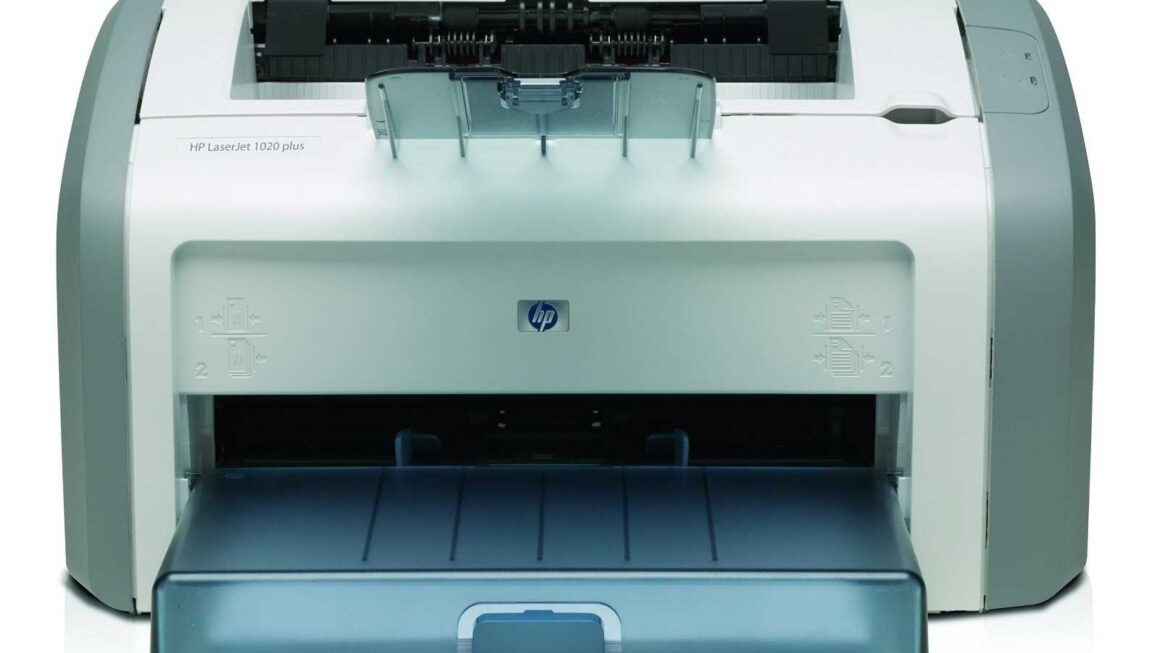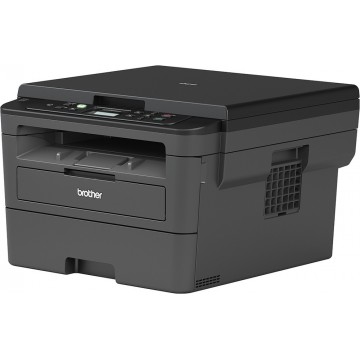Screen printing is probably the most popular method that has become the heart of the clothing industry. Industry experts are using this technique and method to print on clothes with customized designs and styling options. However, you might be confused about how the greatest designs and styles are put over the Shirt or what is the best fabric material that holds up the best methods in the best shape. Actually, you need to consider several things to understand the whole process of custom screen printing transfer and how it works.
There are multiple methods by which we can apply the screen printing method over T-shirts to make out great custom designs. Here in this article, we will discuss all the A to Z process of custom Screen printed T-shirt, what steps are involved overall to create a custom Screen printed Design over a T-shirt. Also, what are the pros and cons of the whole screen printing process.
So let’s dive into the topic and find out what we can explore.
What is Screen printing?
The screen printing process involves a printer that prints the Design over the T-shirt with the help of the mesh screen. This is the most straightforward definition of the screen printing method. Meanwhile, the detailed process is a bit lengthy and complex to understand.
It is the process of transferring a stencilled design over a flat surface with the help of the mesh screen. In our case, the standard Screen where the Design is transferred or printed is the paper and fabric. But also, specialized machines are working on publishing the screen printing design over wood, glass, metal, plastic, and other hard surfaces.
All these techniques involve an essential process of creating a stencil over a mesh screen, and after that, the ink is pushed over the Design to print it onto a surface that can bear the Design.
Different Between Silk Printing/ Screen Printing
Many people are confused about whether silk printing is another type of printing method. Still, no. screen printing, silk printing, and silk screen printing is the same method, both of these printing are considered the same actual printing process that is similar in all ways to each other.
In these methods, there might be a difference in how a stencil is created and the materials used in manufacturing. Here are the different stencil methods used
- We can create the Stencil by using the painting over the mesh with the help of ‘Screen blockers’ such as lacquer, glue, etc.
- We can also create a stencil by using masking tapes or vinyl to cover the screen areas with the Design we want to print over it.
- Another method to create a stencil is by using an emulsion. First, a light-sensitive emulsion is used for the creation of the Stencil. After that, it is developed a by using a similar technique to picture the whole Design.
The Use of the Screen Printing
Screen printing is a popular method used to cater for the manufacturing of several designs and styles. One of the top reasons why a T-shirt manufacturer loves to adopt the screen printing method is that it produces vivid colors, which means it results in clear and bright colors even if you use some darker color fabrics.
The paint, Design or ink is easily transferred over the surface of fabric or paper with a smooth design printing absurdity. The screen printing technique is also an always-go option for easy manufacturing as it allows the printer to re-print the same Design multiple times. With this method, you can use the same Stencil and duplicate the same Design without losing any major or minor details as it provides perfect and accurate designs.
One of the biggest pros of screen printing is that it provides the same results over the clothes no matter how many times you are printing the same Design; you can print as long as you have ink in your printer.
When processing the screen printing method, you need to ensure that the mesh screen is perfectly ready and the printer is perfectly handled by an experienced professional as you will be working with multiple clothing designs, so there might be complexity in the process.
learn more about Heat Transfer Vs. Sublimation, T-Shirt Printing
The Whole Screen Printing Process Step by Step
The whole screen printing process is a bit lengthy, so to make it easy for you, we are dividing the whole process into a couple of steps. Let start:
Step 1: The creation of the Design
The first steps are to create a basic design of whatever Design we will print over the T-shirt or any other material. Once the Design is set to be printed, the Design is further processed into the transparent acetate film, which is further used to create a Screen or Stencil.
Step 2: The Selection of the screen & Screen preparation process
After the Design is set for printing over the T-shirt or any other material, the Screen is selected, and the mesh is prepared. The mesh count is also ready; it refers to the number of fibres in a single square inch. There are different types of mesh counts and numbers, depending on the Design you want to print.
There are two types of mesh count
- A Higher Mesh count has the ability to print on the Design with high quality and high-quality detail.
- While the lower mesh count design designs let the ink flow go through in deep as it has wider openings which allow the Design to pass through it.
When the mesh screen is selected based on the Design, the mesh screen is coated with the light emulsion layer. Also, here you will need to decide which emulsion you need. There are 03 basic types of emulsion layers.
- SBQ-Based Layer: In the SBQ Layer, there isn’t very much mixing required, it has the ability to cure quickly, and it is majorly used for the Design having detailed quality work.
- Diazo: TheDiazois amethod that is not a very good option to pick for detailed printing. They need more prolonged exposure.
- Dual Cure emulsion: TheDual–core emulsion is a combination process of both SQB-based layers or diazo. The process involved mixing, which has less curing time than diazo and SBQ methods.
Step 3: The exposure of the emulsion
After selecting the mesh screen, the transparent acetate film is placed over the emulsion-coated mesh screen with extreme care instructions. This process is done under a bright light that causes the emulsion to harden and develop.
Also, remember that if multiple colors are involved in the Design, you will need separate screens of different colors.
Step 4: The creation of Stencil
When the Screen is exposed over the Screen, it is placed for a specific period of time that hardens the uncovered areas of the Screen. If any leftover screen or area is left uncovered, it is rinsed away to obtain a proper screen.
After the Screen is dried, it is used by a printer, and the printer then tries to print the same and very close Design. This is how the Stencil is fully ready to be used.
Step 5: The Printing phase
Now comes the printing phase, where the Design and the clothes and material over which the Design needs to be printed are placed over a printing board. Finally, the Screen having the Design over Stencil is placed over the desired position to get the Design printed.
Step 6: The applying of Design
The second last and one of the significant steps in applying the Design over the clothing line or any other material. The Screen is lowered along with the perfect positioning over the printing board. Finally, the design colors you want are placed over the Screen’s top.
The squeegee passes the color over the Design across the whole length of the Design, while the ink is passed across the entire area over the Stencil. Resulting in the production of the Screen.
Once the Design is printed, the Stencil is done its primary job, and all Design is printed. After that, to remove the emulsion, a special washing fluid is used to remove the emulsion so that it can be further used for the creation of other new stencils.
Step 7: The Final heating and curing process
In the last Screen is heated to dry out the Design. Passing the whole Design containing a Shirt or material through a dryer result in a smooth design. This step makes sure that the Design doesn’t fade away.
Pros and cons of screen printing
Pros
- Flexibility in terms of printing fabric and material.
- Perfect for the simple designing
- Durability
- Accuracy in printing
- Limitless customization options
- The print is easy to iron
- It is cost-effective
- The best method for the high volume printing
- Machine washable
Cons
- Expensive option if the Design is not printed in bulk quantity.
- Not a good option for printing coated fabrics
- For every different color, you will need different stencils
- It requires time to print a design.
- If you have more colors in your Design, it might be a pretty costly process for you.



